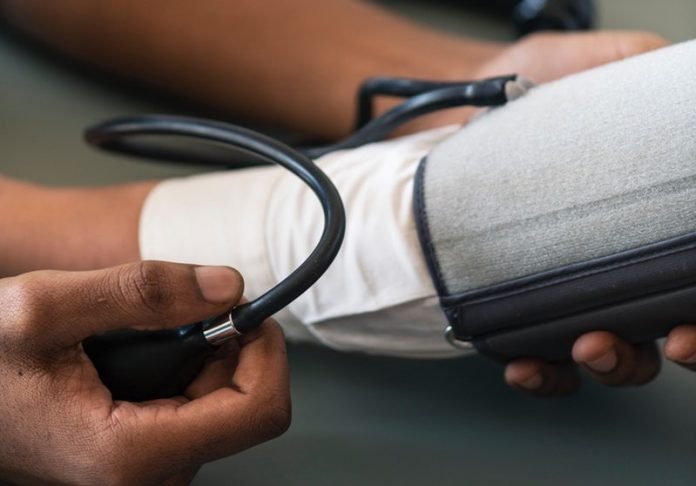
In a new study, researchers found that when people take a sauna, their blood pressure and heart rate both increase.
This increase is even comparable to the effect of a short, moderate workout.
The finding is inconsistent with the view that blood pressure drops during a sauna session.
The research was conducted by a team from Martin Luther University Halle-Wittenberg (MLU) and the Medical Center Berlin (MCB).
It is generally assumed that a sauna visit leads to a continuous fall in blood pressure. People think the heat dilates the blood vessels and that this lowers the blood pressure.
People with low blood pressure or heart problems have traditionally been advised not to use saunas because a further fall in blood pressure can lead to fainting.
To test this view, in the study, the team tested 19 volunteers to measure the immediate effects of sauna use on blood pressure and heart.
They placed their participants both in a 25-minute sauna session and on a bicycle ergometer.
They found that people who were in the sauna had increased blood pressure and this increase is even comparable to the increase caused by a short, moderate workout.
They also found that an increase in heart rate both during the sauna visit and during exercise.
After the sauna session, however, both blood pressure and heart rate began to drop below the participant’s baseline levels that were measured before the sauna session.
The team explains that it is important to distinguish between the short-term effects of a sauna session and the effects during the rest period after the sauna session.
The finding shows that a sauna session is kind of a burden on the body. But the team says that saunas can actually be used by anyone who can tolerate moderate physical stress without discomfort.
However, people with low blood pressure should be cautious afterward, as their blood pressure may then fall below the levels registered before the sauna visit.
The lead author of the study is Dr. Sascha Ketelhut, a sports scientist at MLU.
The study is published in the international journal Complementary Therapies in Medicine.
Copyright © 2019 Knowridge Science Report. All rights reserved.



